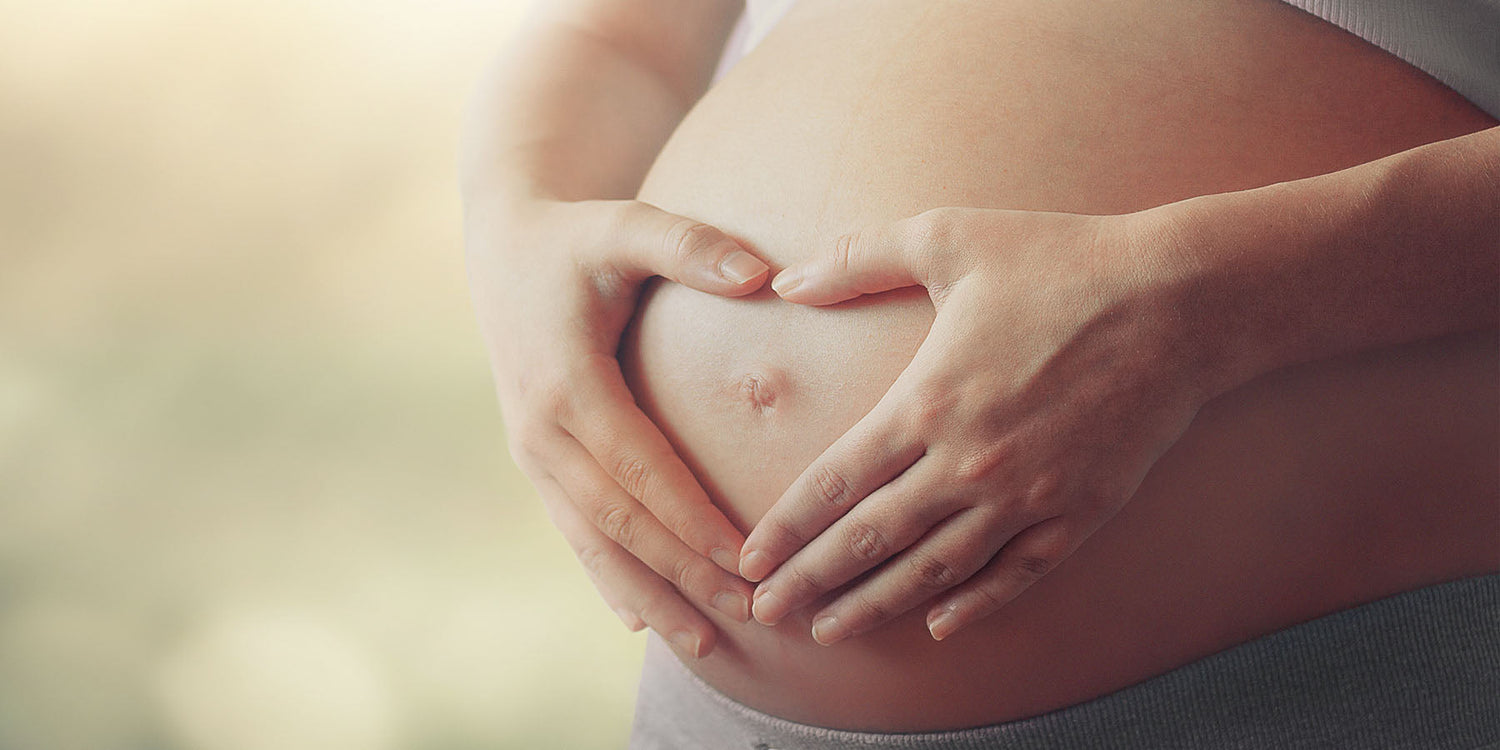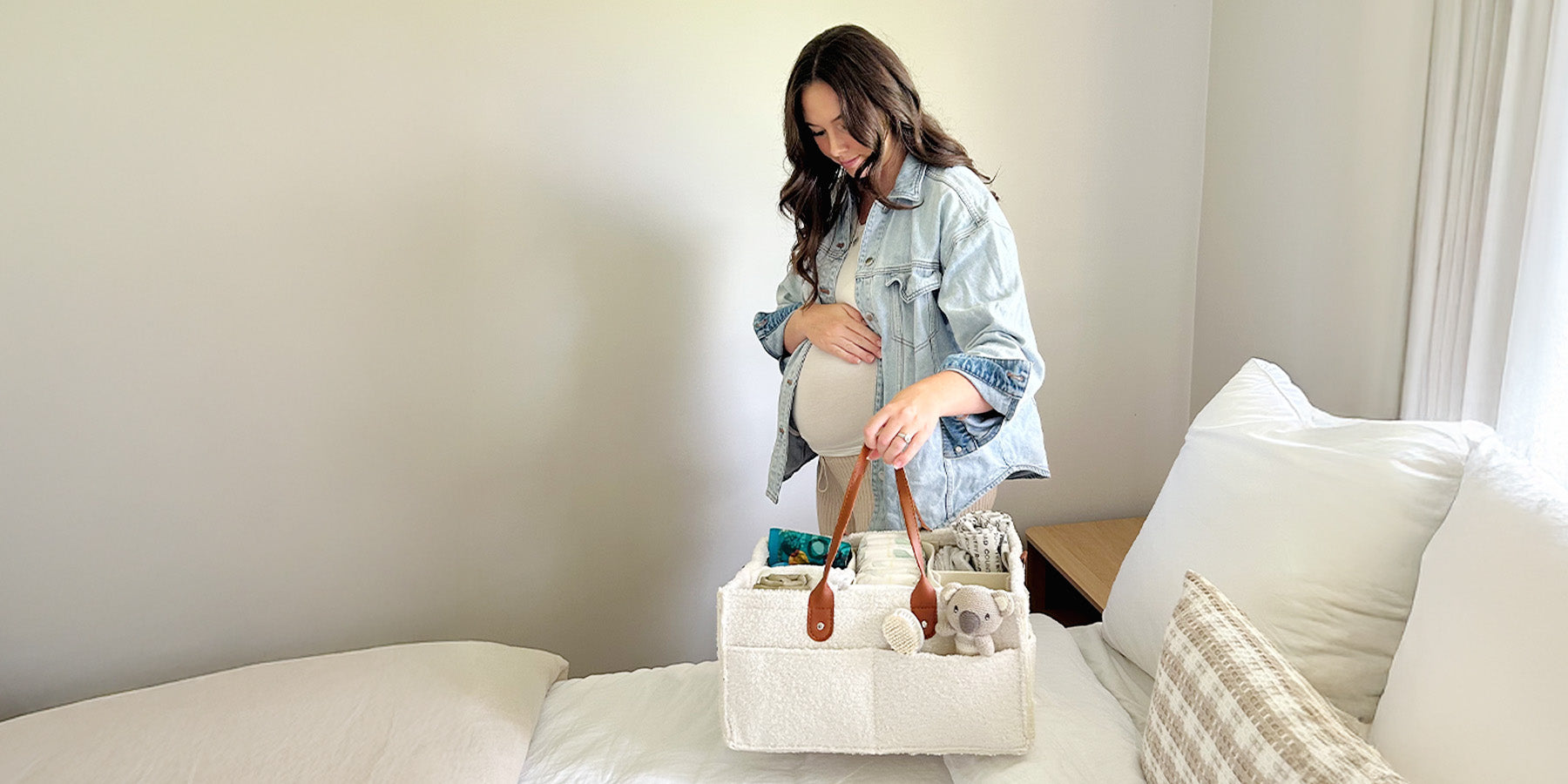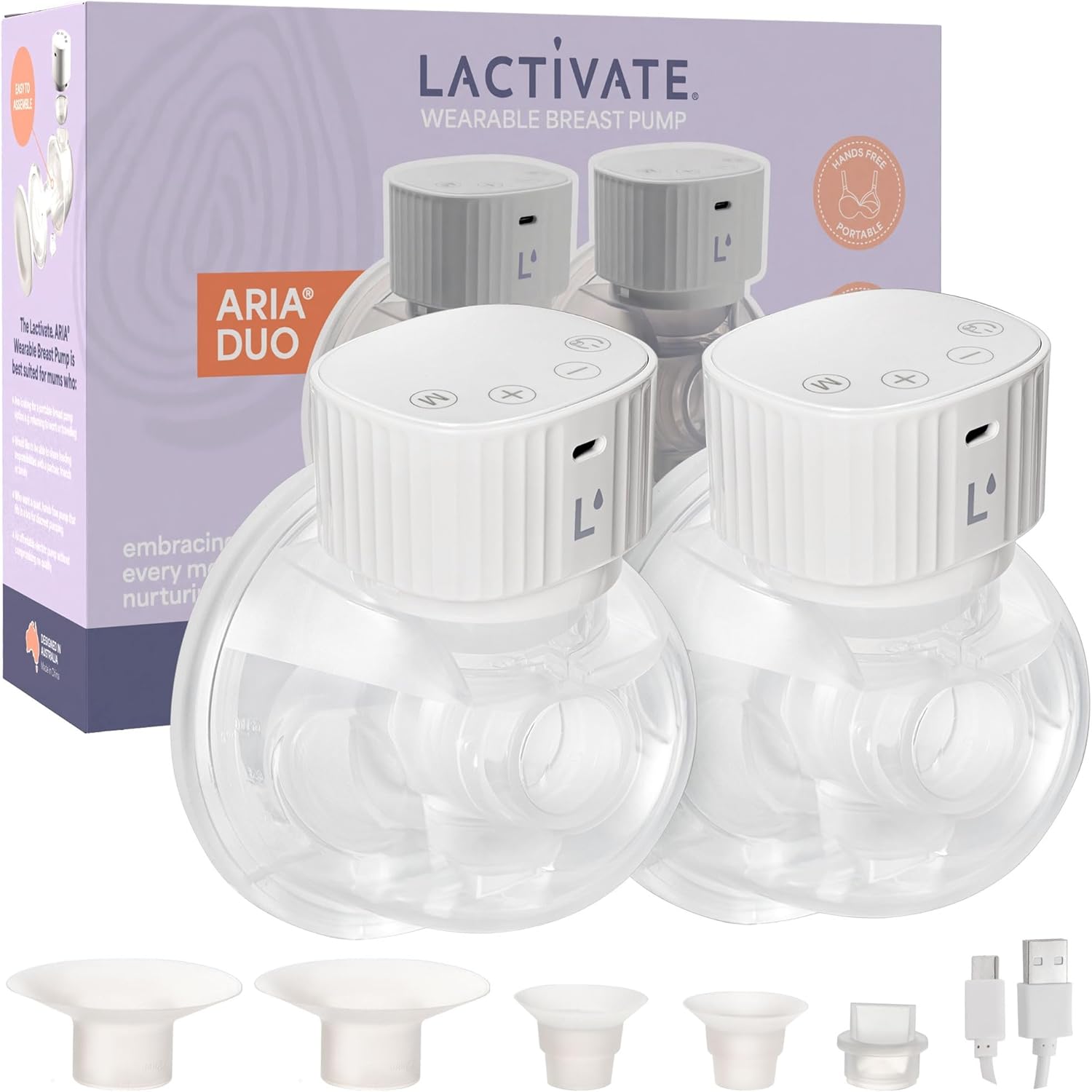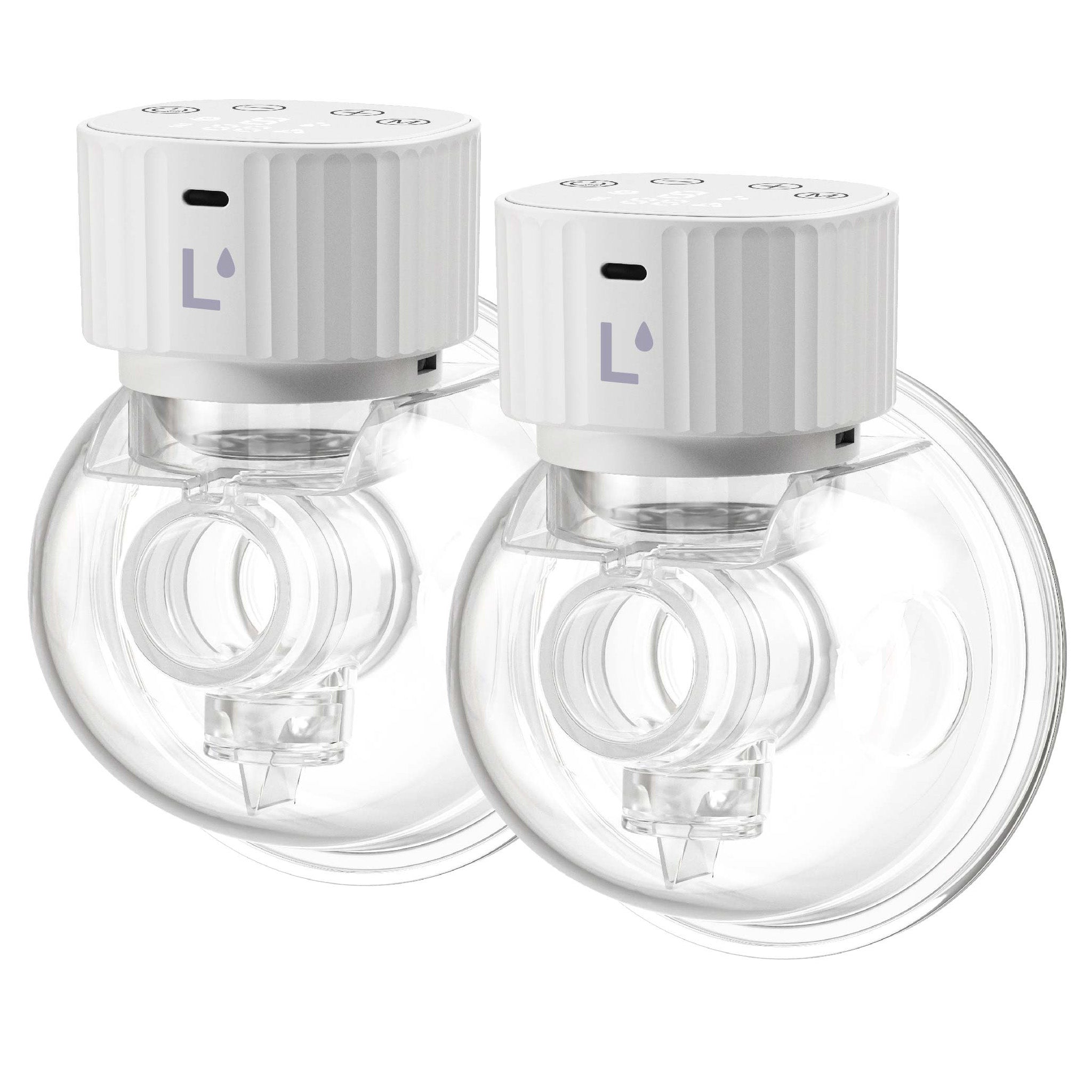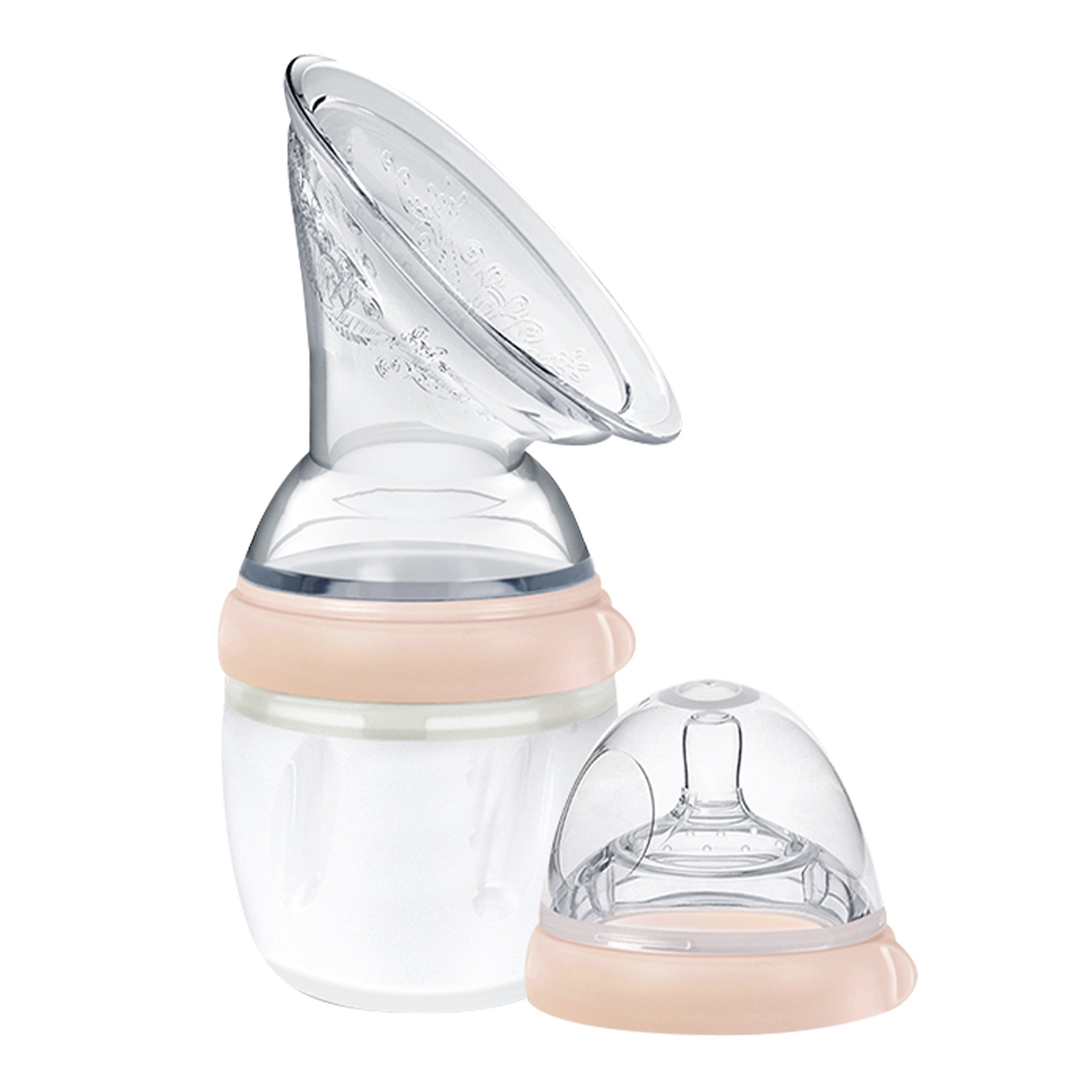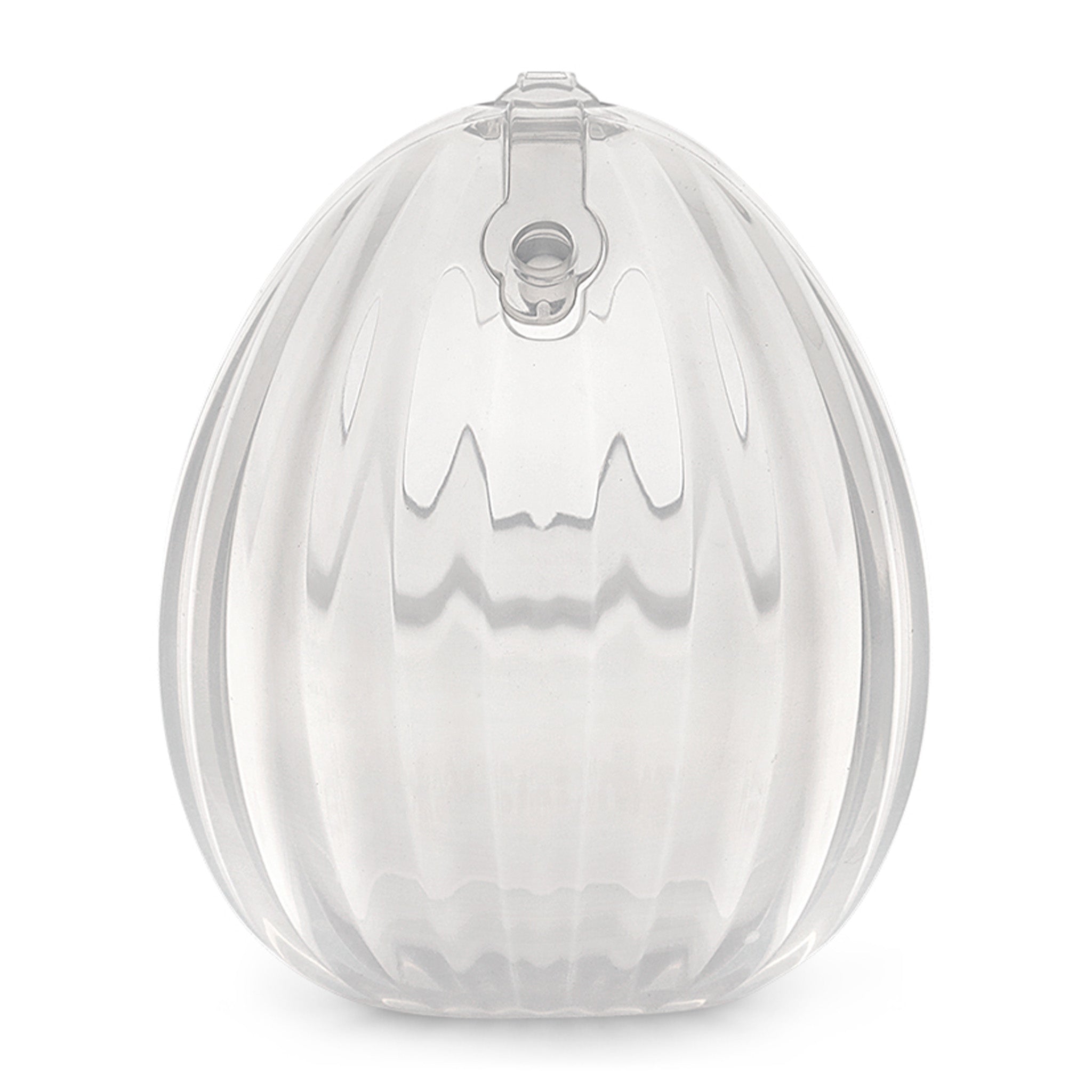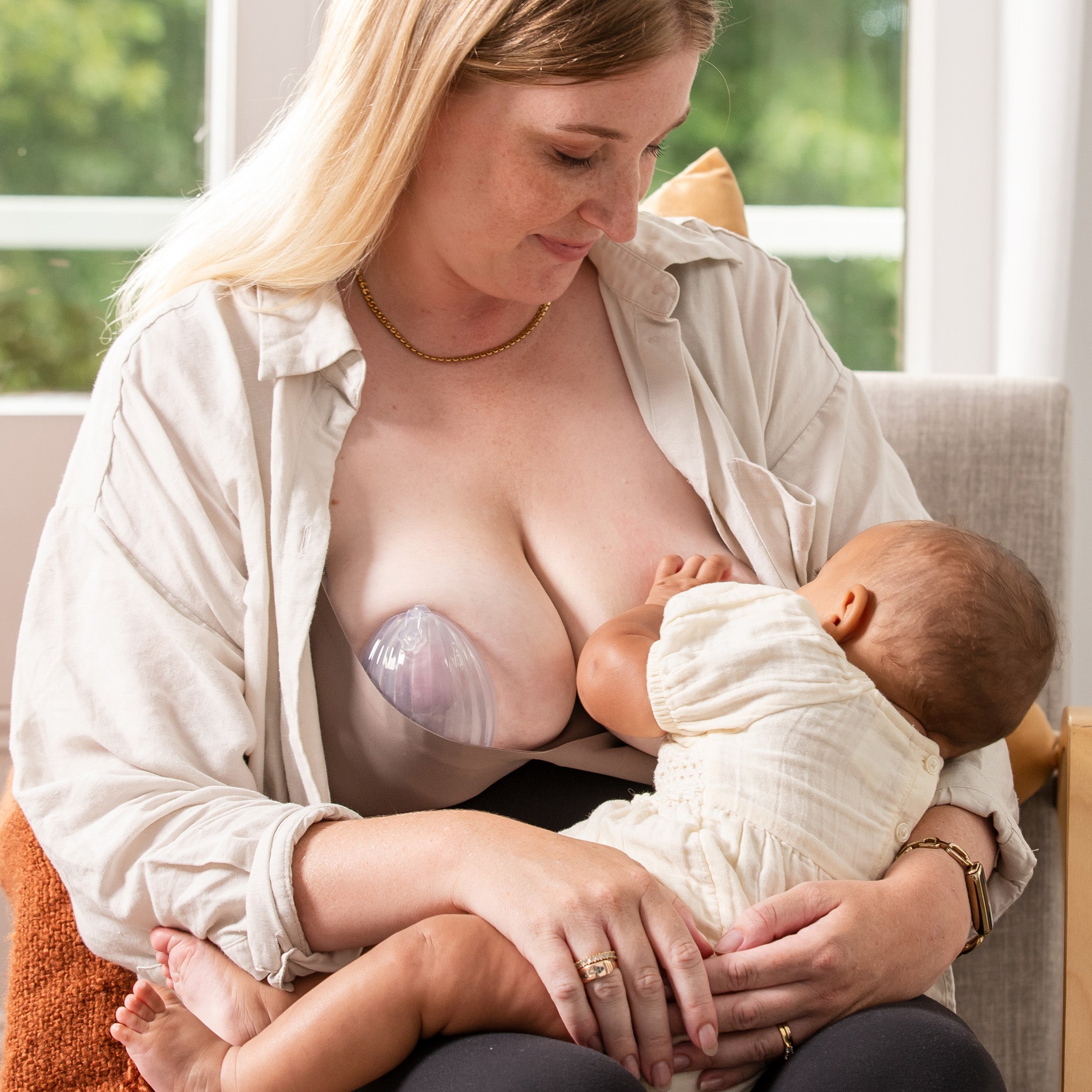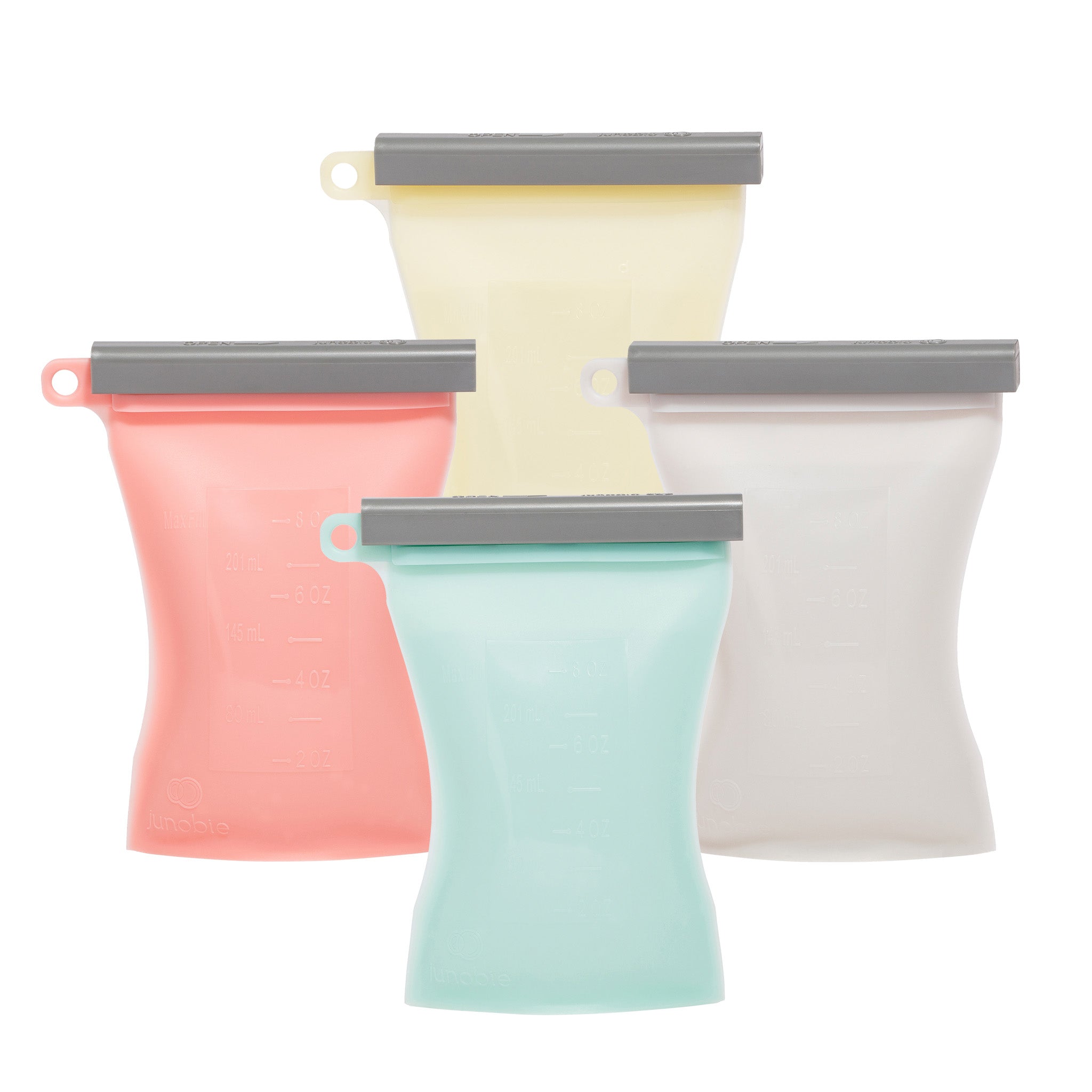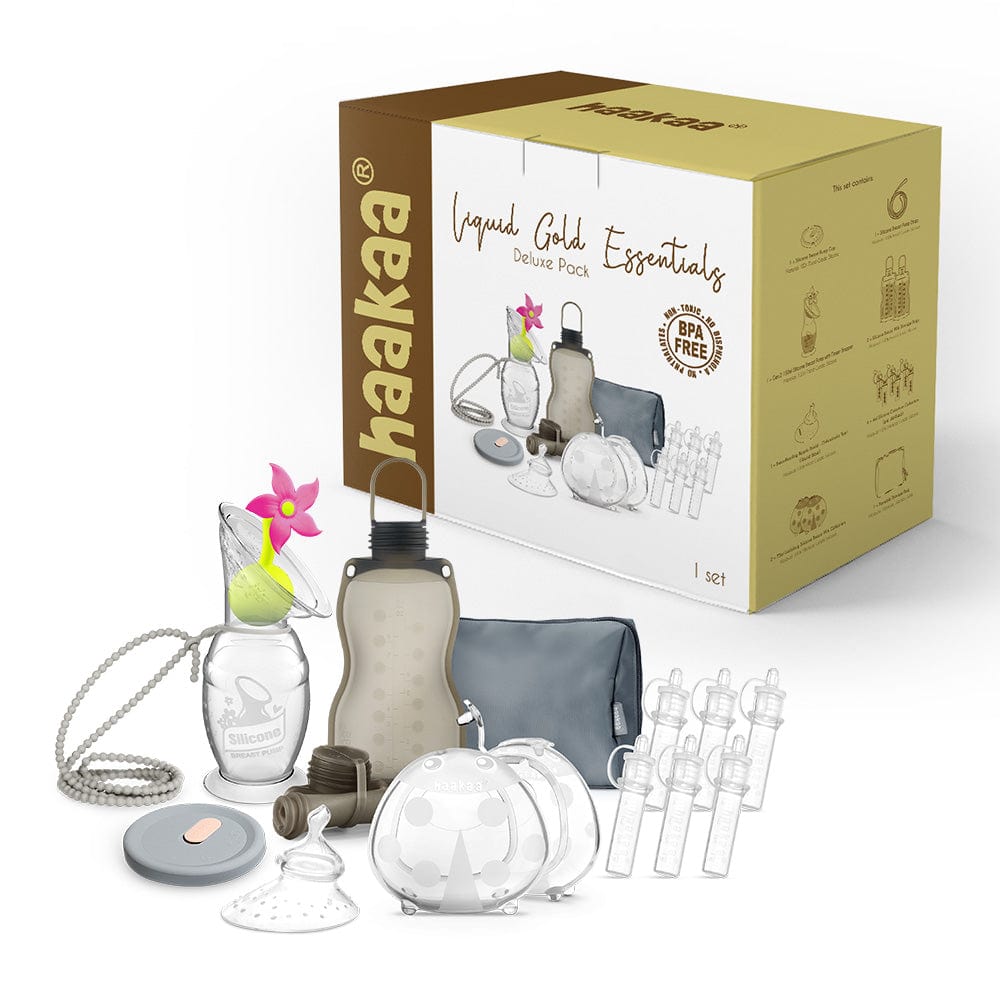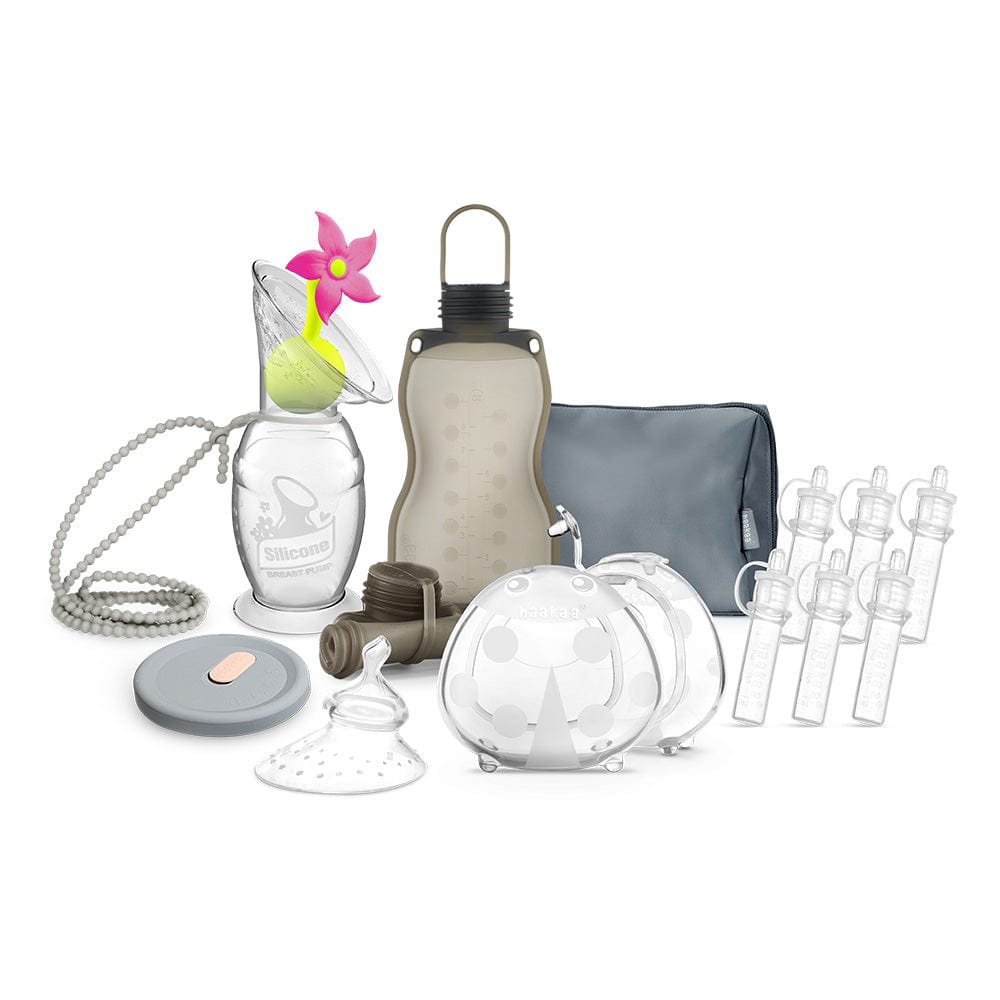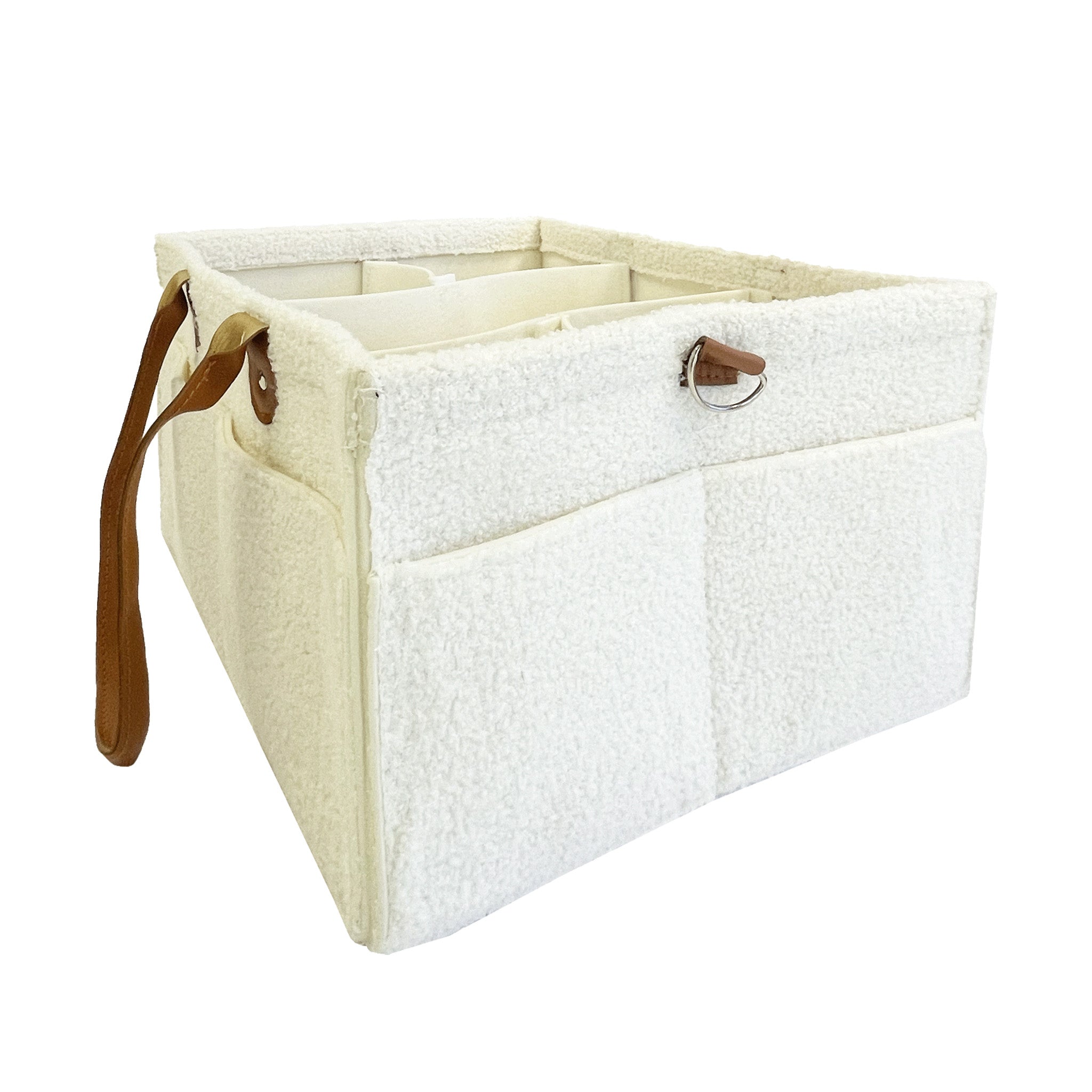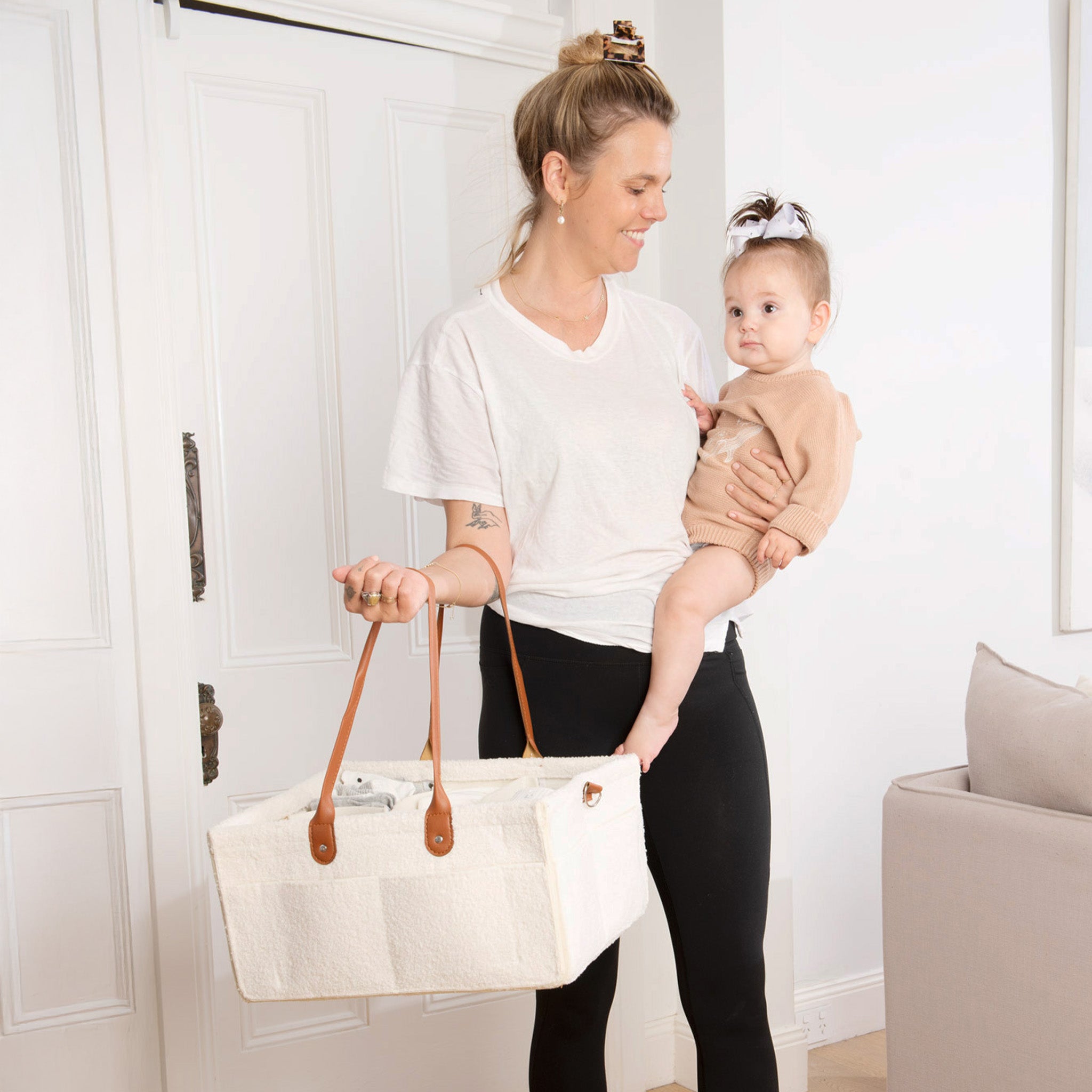Pregnancy can be a time chock full of checklists, scans, and milestones. It’s exciting and sometimes a little bit daunting, especially when something doesn’t seem to go quite to plan. Being diagnosed with Intrauterine Growth Restriction or IUGR is one of those things you might not have expected, and, as an expecting parent, may fill you with trepidation. But you are not alone mama. Let’s break down what it actually means, how it’s diagnosed, and how it impacts your pregnancy.
So, what is IUGR?
IUGR, or Intrauterine Growth Restriction, simply means that your baby isn't growing quite as expected during pregnancy. This usually means that they will be smaller than they should be for their gestational age, typically falling below the 10th percentile on growth charts. While some babies are naturally small due to genetics, IUGR usually points to an underlying issue—like the placenta not delivering enough nutrients or oxygen. IUGR is not uncommon, each year in Australia, around 10-15% of babies are diagnosed with IUGR. And while it can sound super scary, it’s essentially a way for your caregivers to flad that baby may need some extra monitoring during and after pregnancy.
Small Baby or IUGR? There’s a Difference
Not all small babies have IUGR—and not all IUGR babies are just “small.” It can be a little confusing, but here’s the key difference: some babies are naturally small because that’s just how they’re built. These babies are perfectly healthy, just on the smaller end of the growth chart. IUGR, on the other hand, means a baby isn’t growing as well as they should be, often due to something like the placenta not working properly or an underlying health issue. So while both babies might measure on the smaller side, one is small and thriving, and the other may need a bit of extra TLC and monitoring.
Why Does IUGR Happen?
There isn’t just one reason why IUGR happens, in fact, it can be caused by a mix of things. The main issue is usually that the baby isn’t getting enough of what they need, (like oxygen or nutrients) to grow well in the womb.
Australian health experts, including the Royal Australian College of General Practitioners (RACGP), explain that some of the most common causes include:
-
Problems with the placenta – The placenta is like a baby’s lifeline, delivering food and oxygen. If it’s not working properly (sometimes called placental insufficiency), baby’s growth can slow down.
-
Health conditions in mum – Things like high blood pressure, preeclampsia, diabetes, or kidney issues can affect how well the baby grows.
-
Lifestyle factors – Smoking, drinking alcohol, or not getting enough nutritious food during pregnancy can also play a part.
-
Infections – Some infections during pregnancy can make it harder for the baby to grow normally.
-
Being pregnant with multiples – Carrying more than one baby can mean they have to share space and nutrients, which can sometimes affect growth.
It’s also good to know that not every small baby has a problem. Experts say around 80–85% of babies who measure small are simply healthy, petite little ones. Only about 10–15% have true IUGR and may need extra care and monitoring.
How Do They Detect IUGR?
Most cases of IUGR are picked up during routine pregnancy ultrasounds or appointments with your caregiver. If your bump isn’t growing as expected or if ultrasound measurements fall below the norm, your caregivers might start looking a little closer. This might involve:
-
Growth scans – Ultrasounds to measure baby’s head, belly, and femur length to estimate weight and growth patterns over time.
-
Doppler studies – A special ultrasound that looks at blood flow through the umbilical cord and placenta.
-
Amniotic fluid checks – Low fluid levels can be another clue that baby isn’t thriving as well as they should be.
-
Fetal monitoring – Non-stress tests (NSTs) and biophysical profiles can help track baby’s heart rate and overall wellbeing.
The goal of all this monitoring? To determine if baby is safer inside the womb, or potentially better off checking out early.
Managing IUGR: What Happens Next
First of all, take a deep breath. An IUGR diagnosis doesn’t automatically mean something is “wrong.” Many babies with IUGR go on to thrive beautifully, especially with the right care and close monitoring. Typically IUGR will be managed by your caregiver and may involve:
-
Frequent check-ups – You may see your care team more often for scans and monitoring, sometimes even weekly, to make sure baby is staying on track.
-
Adjusting due dates – If baby’s growth slows significantly or there are signs they’re under stress, your care provider might recommend early delivery—sometimes via induction, sometimes via caesarean, depending on your situation.
-
Hospital-based monitoring – In some cases, you may be admitted to hospital to keep a close eye on things, especially as you near full term.
The goal is to keep bub inside your belly, happy and healthy, for as long as it’s safe to do so.
What to Expect at Birth and Beyond
Babies with IUGR are often smaller at birth but many catch up quickly once they’re born. If your baby has been diagnosed with IUGR, there is no reason why you can’t have the birth that you had planned, it may just need to be monitored a little more closely. Discuss your plans and preferences with your caregiver to ensure that you are both on the same page.
At birth and after, your baby may:
-
Have a lower birth weight – Your baby will likely be on the smaller side. Some IUGR babies are born weighing under 2.5kg and may need a little extra help with temperature regulation or blood sugar monitoring.
-
Need a stay in the NICU – If baby is premature or having trouble feeding or breathing, they might spend some time in special care. This isn’t always the case, but it’s worth being prepared for.
-
Need feeding support – Babies with IUGR can sometimes be a bit sleepier or slower to feed. Breastfeeding or expressing might take a little extra time and patience, but many families go on to have successful feeding journeys. Get in touch with the lactation consultant in your hospital for hands-on support.
-
Need more follow-up care – You’ll likely have more frequent check-ins with your Midwife, Early Childhood Nurse, or paediatrician to trackyour baby’s growth and development.
Learning that your baby may have IUGR can come as a shock, but you are not alone, and your care team will guide you every step of the way. With the right monitoring, a tailored plan, and lots of love, babies with IUGR can and do thrive. Trust your instincts, ask questions, and know that your care team is there to support you and your little one.

